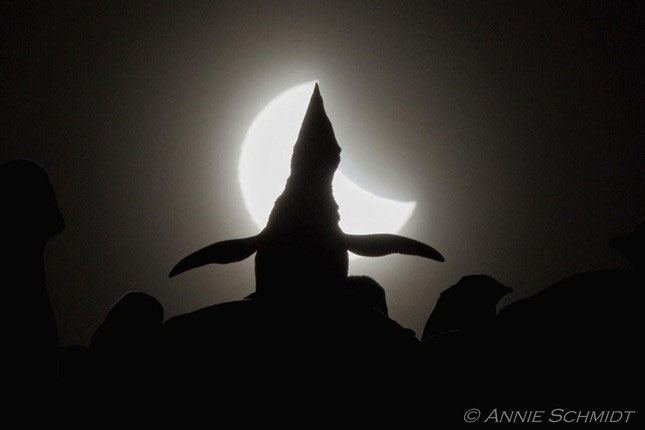According to the Hanoi Astronomical Society (HAS), in April 2022, astronomy enthusiasts can observe fascinating phenomena in the sky. Among these, the most notable is the meteor shower occurring at the end of the month.
April 17 – Full Moon
The moon will be positioned opposite the Earth from the Sun, and its face will be fully illuminated. This phase occurs at 1:57 AM (Vietnam time).
The Native Americans referred to it as the Pink Moon because it marks the appearance of the pink wildflower known as Phlox, the first bloom of spring. This moon is also called the Sprouting Grass Moon, Egg Moon, and in many coastal tribes, it is known as the Fish Moon, as this is when sardines swim upstream to spawn.
April 22-23 – Lyrids Meteor Shower

Lyrids Meteor Shower April 2018. (Photo: Jaclyn Anglis)
The Lyrids are a moderate meteor shower, typically reaching about 20 meteors per hour at its peak. This meteor shower is formed from dust particles left behind by Comet C/1861 G1 Thatcher, which was discovered in 1861.
The Lyrids meteor shower usually appears from April 16 to April 25 each year. This year’s peak will occur on the night of April 22 and into the early morning of April 23. Occasionally, bright meteors with long tails can be seen for a few seconds during this meteor shower.
Astronomy enthusiasts can look towards the Lyra constellation or anywhere in the sky. It is advisable to choose a location with minimal light pollution and good air quality, and to check the weather conditions if planning to observe. The ideal observation time is after midnight.
April 30 – Partial Solar Eclipse

Partial Solar Eclipse December 2021. (Author: Annie Schmidt)
A partial solar eclipse occurs when the Moon partially obscures the Sun, resembling a bite taken out of a cookie. This type of eclipse can be observed through special filters or by looking at a reflection of the Sun.
This phenomenon will be well observed in most regions of the southeastern Pacific and southern South America, with the best visibility in Argentina, where coverage will reach up to 53%. Unfortunately, this phenomenon cannot be observed in Vietnam.

















































